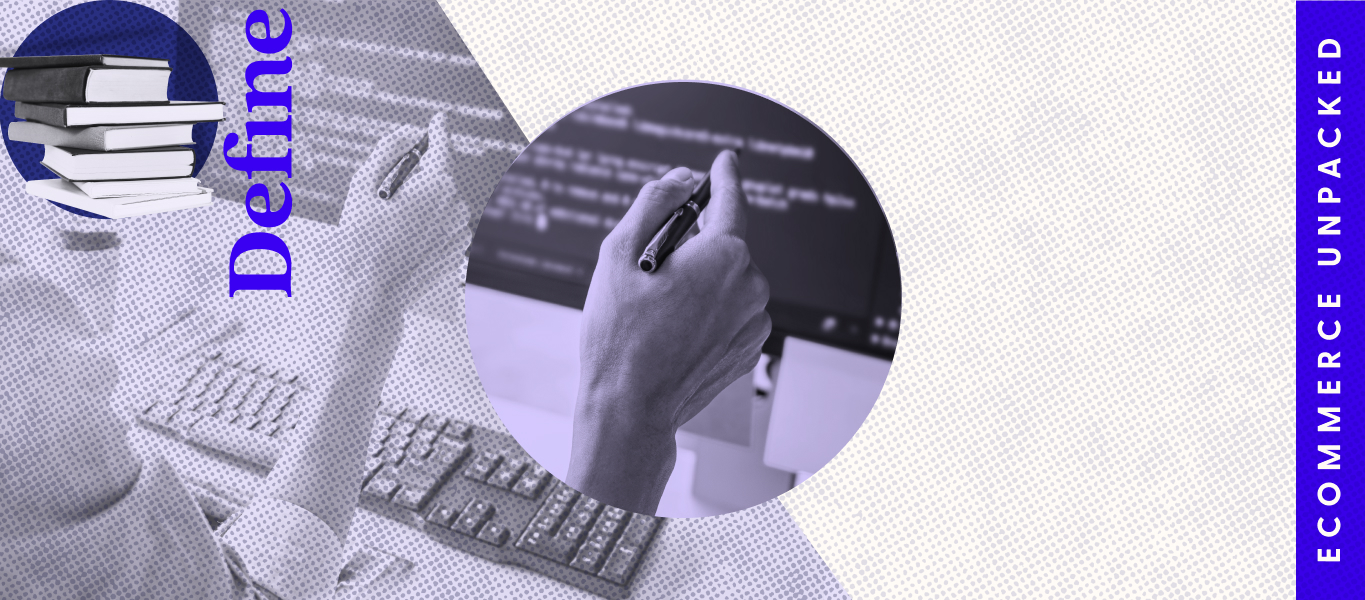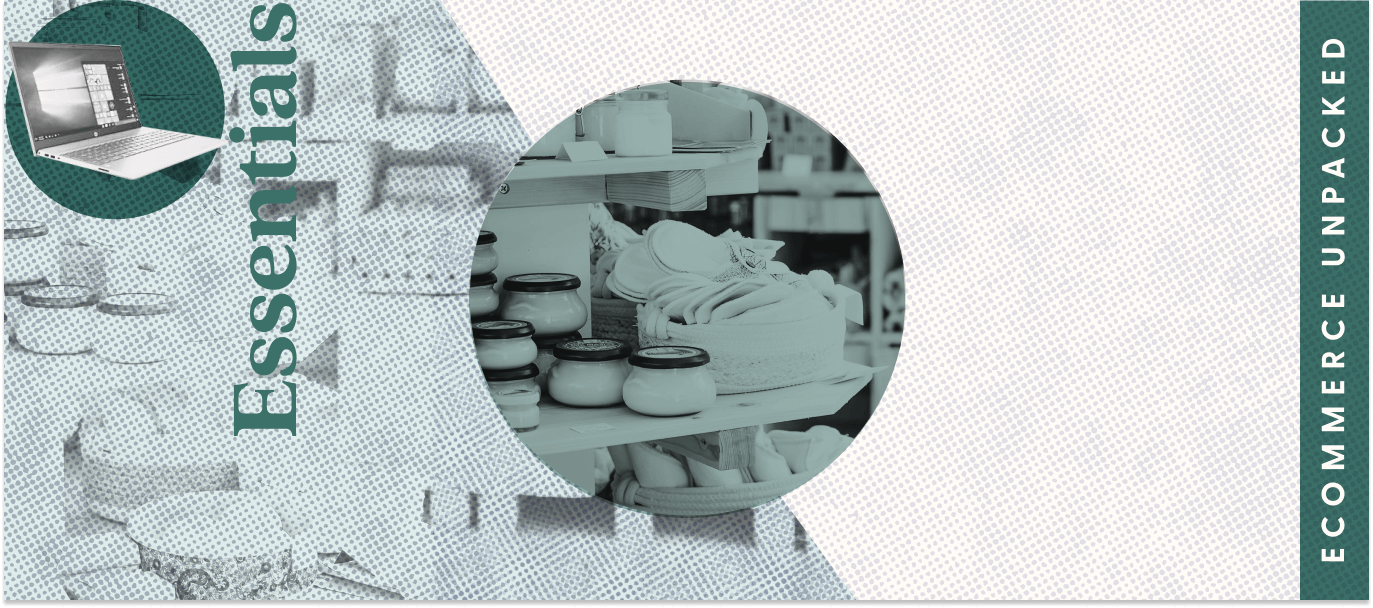Many ecommerce retailers have decided to switch from monolithic platforms to headless commerce. But what is headless commerce exactly, and is it the right approach for your ecommerce website architecture?
In this post, we’ll dive into the ins and outs of headless commerce, including how it works, the benefits of the approach, and potential challenges to consider so you can make the best choice for your business.
Key takeaways
- In a headless ecommerce site, the frontend system is decoupled from the backend system. An API handles the data flow between the two.
- A headless architecture makes a website load and update faster. It allows for greater customization and can be used with any platform and coding language. This can provide a better user experience for visitors, depending on their needs and the business’s available resources.
- Implementing a headless system requires more work and business resources, making headless commerce websites more complicated to run and maintain. Plus, some existing apps may not be compatible with a headless system.
What is headless commerce, and how does it work?
In simple terms, headless commerce is a form of website architecture where the frontend, or head of the website, is separated from the backend, or its body.
The frontend refers to the site’s user interface. This is the component of the website that customers interact with. It includes everything you see on the page, including text, buttons, dropdown menus, social media widgets, sliders, and more.
On the other hand, the website’s backend refers to the underlying codes and structures that make the website work. It often consists of a server, database, and application that work together to deliver information to the user.
Traditional ecommerce platforms like Shopify often have strictly connected frontend and backend components. You sign up for the platform, install the necessary functions, and design your storefront according to pre-made templates.
These platforms offer out-of-the-box functionality—however, business owners often have limited choices for customizing the look and feel (the frontend) of their online store.
In headless commerce, an application programming interface (API) facilitates the data flow between the website’s front and backend. The API serves as the replacement for the once built-in connection available in traditional ecommerce platforms.
Separating the head from the body of the website provides businesses with greater flexibility to customize and optimize their ecommerce storefront.
With a headless build, rather than using a pre-set suite of functionalities from an ecommerce platform, businesses have the freedom to build out their tech stack with specific vendors to fulfill particular needs for certain website features.
Benefits of headless commerce
Headless commerce is admittedly more complicated than a monolithic ecommerce architecture. However, this new technology is increasingly gaining momentum.
In 2021, 59% of US businesses were already using headless commerce architecture and were planning to continue doing so. 29% weren’t going headless yet but were planning to make the switch.
What spurred this interest? Here are the key benefits of headless architecture for ecommerce websites.
Provides faster loading times & site speeds
Page loading times are a significant factor in satisfying customer expectations. The longer a page takes to load, the more likely potential customers are to lose interest and click out.
According to a 2019 survey by Unbounce, 70% of consumers reported that page loading speeds affected their decision to purchase. The slower your page loads, especially on smartphones, the likelier it is that potential customers will click off your site.
Heavy page elements, like multiple large images, multimedia content, and checkout forms, could slow down traditional ecommerce sites. If faster loading times is a goal, using a monolithic platform could limit your options.
Separating your frontend and backend through headless ecommerce helps you modify your pages to suit your needs. You don’t have to be constrained by existing templates and website infrastructures that affect your site’s performance.
Creating your site as a progressive web app (PWA) is an excellent way to prevent the heavier backend from affecting frontend loading speeds. You can still have a wide array of bulky backend functions without negatively affecting the user experience.
Offers more customization options than traditional ecommerce systems
Traditional ecommerce sites are often easier to set up than a headless build. However, customization options are more limited. You’re often limited to a set number of themes, giving businesses little room to create a look that sets them apart from their competitors.
There is nothing wrong with pre-made website themes, especially if you have a site that doesn’t require much customization. This is primarily true if you’ve just started your online store.
But as your business grows, along with your product selections and available resources, you might want to consider a headless approach to allow you and your developers to have complete control over every element of each page.
Since the frontend and backend are separated, you can make changes and incorporate various elements without worrying about bogging down the frontend experience for your users.
Enables faster integration & update of elements
Updates and changes to traditional ecommerce websites are time-consuming. They usually take hours to weeks before they’re ready. With headless commerce, you can make quicker, or even real-time updates, especially on the frontend.
Due to the frontend and backend separation, it becomes much easier for each development team to make immediate changes to the site. For example, the frontend team could update the site’s user interface without waiting for the backend developers, and vice versa.
Faster integrations and updates can also make the site more dynamic and responsive to audience needs.
Offers a more customized experience for your customers
A personalized customer experience across multiple touchpoints allows businesses to attract and retain customers more easily.
According to McKinsey & Company, 71% of consumers expect personalized experiences and interactions from businesses. 76% experience frustration when this doesn’t happen.
Headless systems can help provide more customized digital experiences for your customers. With a headless site architecture, your marketing team can more easily experiment with different layouts, SEO strategies, and content to find what resonates with your customer base.
To get even more insight out of these experiments, you can also implement features that collect data from your site visitors to further inform your website content and other marketing efforts. You can then use this user data to create a more seamless and personalized online shopping experience across different devices.

Challenges to using headless commerce
Headless commerce isn’t the best solution for all ecommerce businesses, despite its many advantages. Below are the challenges you may encounter when planning to implement a headless system.
Using a headless system requires more resources
Detaching the frontend of your site from the backend leaves you with two components that require separate handling. This separation will cause you to incur individual costs for development, and potentially hosting and management. Additional features will require other resources to plan, test, implement, and manage.
When switching to a new architecture, there is no immediate guarantee that your efforts will end up profitable. Headless commerce still requires strategy and experimentation before you find a method that works for your store.
Upon making the switch, you may have to pay more to continue managing your website. In some instances, the added cost is often worth it. However, it is crucial to consider the possible risks before committing to such a change.
Adds more complexity to your website
With improved customizability comes added complexity. You have the freedom to choose separate programs or vendors for each function you want to implement. However, this also means maintaining multiple features that require particular attention.
Each piece of technology, especially when coming from separate merchants, has different instructions and management requirements. They also have various vulnerabilities, troubleshooting methods, and support systems.
This is a lot to keep track of, especially compared to a traditional ecommerce platform. If you choose to go headless, your development team needs to be ready for the added responsibilities of a more complex system.
Loss of functionality of some ecommerce features
Traditional ecommerce platforms have their frontend and backend systems strictly linked. Although this limits customization, it also ensures better compatibility between both components.
If you split these two elements to go headless, there is a possibility that you will lose some of your platform’s native functionality. Depending on the platform’s terms, you could even void your warranty. Make sure to check your ecommerce platform’s terms and conditions before switching, and budget time to fix any features that may have lost their functionality.
| Did you know? Brands and companies using headless technology are on the rise. According to Forbes, within the last two years, more than $1.65 billion in funding has been raised for companies developing headless technologies. These technologies include headless commerce platforms and headless content management system (CMS) solutions. |
Embrace change: Subscriptions & headless commerce
For more established subscription businesses looking to increase their customization options and create more seamless customer experiences, a headless build is well-worth considering for your store. Businesses who already maintain headless commerce solutions can also be further strengthened with a subscription offering. to keep customers engaged and coming back to your business.
The bottom line: For the right business, the pairing of subscriptions and headless commerce can create more scalable, seamless experiences that increase customer loyalty and recurring revenue for your store. The key is to do your research beforehand, taking stock of your goals, your desires for customization, and your available resources, to find the right approach for your unique needs.
FAQs about headless commerce
Will a headless architecture work for all ecommerce sites?
While a headless architecture can technically be applied to most ecommerce sites, this is not always the option for every business. With added costs and complexity compared to an out-of-the-box ecommerce platform, a headless build is typically a fit for more established stores with lots of available resources and high needs for customization.
What factors can affect the implementation cost of a headless build?
Implementation costs of headless commerce depend on multiple factors, including the type of headless commerce (retrofitted, microservice-based, etc.) and the phasing of implementation and re-platforming (phased vs. full-scale).



